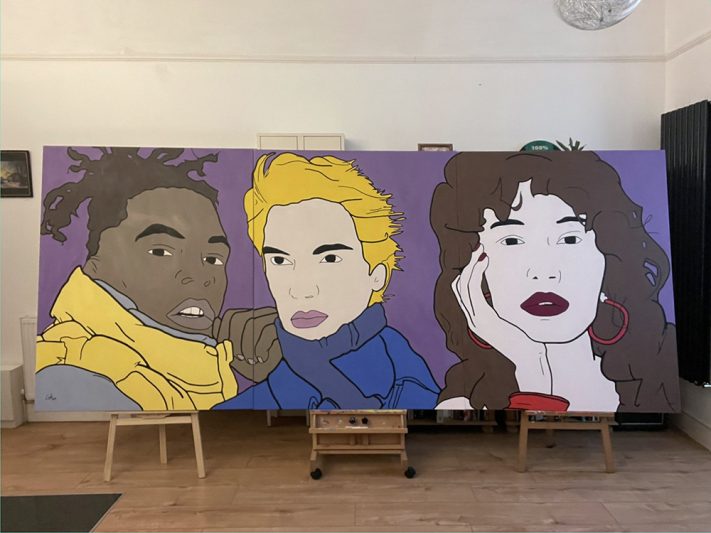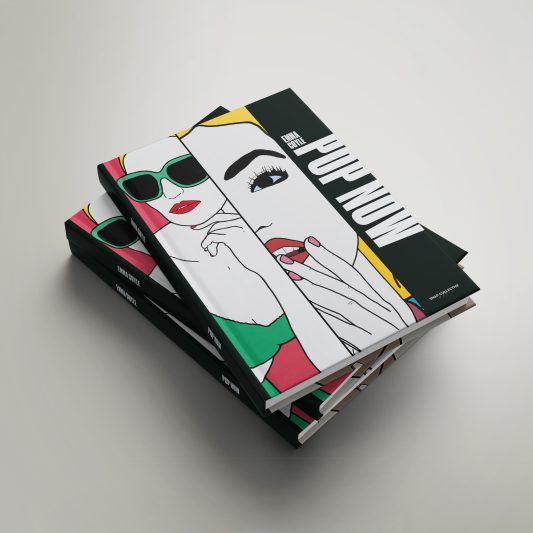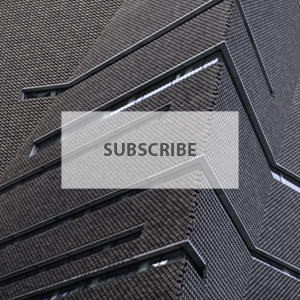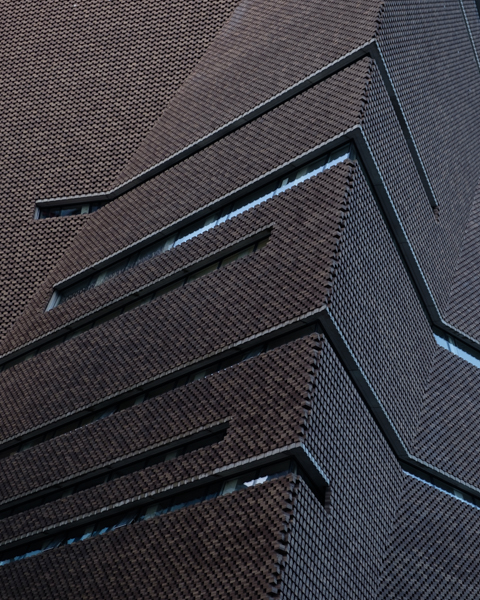1. Tell me a bit about yourself, Where you’re from, and how your journey in art began.
I was born in Dublin where I graduated in 2003 before moving to London in 2006. I have always enjoyed the process of making art, from start to finish any piece of art is an exciting process for me. Like most artists, I am a firm believer in hard work and dedication to my practice.

2. Whilst studying, you trained in a variety of creative disciplines, including painting, drawing, ceramics, and photography. Are you still involved in anything other than painting or does painting tend to consume you these days?
Although painting is the main aspect of my practice, I am still involved in other art mediums. In addition to painting and drawing I work in woodblock print, abstract installations, and 120mm black and white photography.

3. Of the 4, what made you concentrate on Painting?
I’m not sure I can pinpoint one particular aspect of painting which makes it define my practice. Paint is such a versatile medium which has always interested me. Whether I am working on large-scale Pop figurative work or using watercolours for still life, it is a medium which still greatly interests me. For me, there is a great versatility in paint, a great medium for use of expression.
4. Your works seem to focus primarily on the female form (with hints of men in there and some still-life) with quite a Warhol/Lichtenstein look about them. Can you tell me more about these works, The process, and the motivation behind them?
I am constantly collecting print magazines which I use as my starting point for my Pop figurative paintings. Every two to three yesterday I navigate through these stacks of magazines tearing out advertising images which I find interesting. The images I choose are based on form and line. I am not necessarily interested in the figure itself, whether it is male or female or has a particular style. I am looking for a strength in the initial image. Certainly, Warhol and Lichtenstein interested me in the late 90s when I began working with art, but it was James Rosenquist who had the biggest impact on me when it came to American Pop Art of the 1960s. Within my own Pop paintings, I want to create images that are not nostalgic but for the ‘now’, to contemporise Pop.
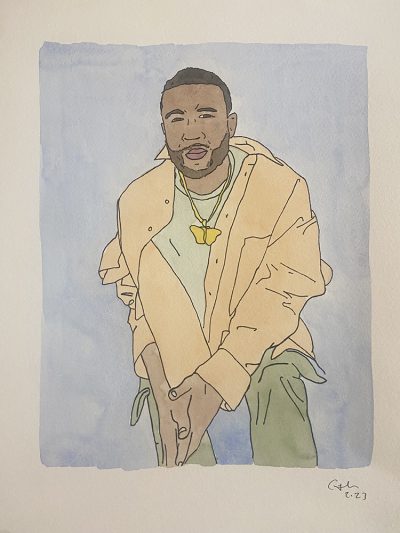
5. A few key things stand out to me in your artwork, they look like photographic poses, and the fashion and jewellery are striking. Do you know the models you paint?
I have no idea who they are for the most part. I have never had an interest in names or celebrities. I work in a very image-focused manner; the strength of an advertising image is the most important aspect of creating my preliminary work.
– With your love for photography, did you ever photograph them?
Early in my career, I used my own model and photography as a starting point for paintings. There were also times when I used Japanese print advertising from the 1920’s and images from the Silver Screen. For my paintings, the preliminary work is a huge part of the process as I work in series. I spent months tracing and drawing, manipulating the images, minimising details, and refining each figure. Many times, before I pick up a brush, I have completed nearly one year’s work for a series.
–Is the fashion and jewellery a planned part of the concept/composition?
When I am painting, I tend to break down the image on the canvas and critique it in sections in my mind. Each painting needs to be balanced. If the image I have chosen to work with has additional details, this is part of the painting as an entirety not just seen as an object on a neckline or wrist.
6. A lot of your work is done on large canvasses although you have a significantly larger work in progress at the moment, a piece measuring 3.6 metres, is this a commission? Where will it fit?!
I am glad you mentioned my recently completed one-year project titled Collective Selection [1]. Certainly, the largest I have completed to date. It started as one hundred preliminary drawings of which only three drawings were chosen for the painting. The entire painting runs the length of three canvases. I rarely take on commissions, I tend to work on paintings that will progress my practice. My studio work is planned years ahead of time. I am very interested in making significant paintings that represent a succession within art history.
7. As well as being represented by a gallery here in London, I noticed that you have had a show at a gallery in New York. Are artists getting the recognition they deserve in this country?
I think there are so many fantastic galleries and art organisations that greatly support visual artists here. But with so many artists it can be competitive, which can also be a good thing as it makes artists work harder. I am based in London which is a great city to be in if you are an artist. But in my opinion, it is art buyers who are needed most. An artist will always find a place to work and promote their art but we need funds to do so. Especially like myself, as I am a Fine Artist, not a Commercial Artist. I do not make art for money it is for the practice itself. If a piece sells it sells but my studio work is not driven by financial gain.

8. Has/is your artistic career been what you expected? Did you have expectations when you started or was art just who you are?
I’m not sure what I expected to be honest with you. I work extremely hard each year and I am very driven when it comes to my studio work. But this is because I love what I do. It’s not necessarily ‘work’ it is just the lifestyle that I have.
9. What’s next on your agenda?
Usually, as I am finishing one project, I am already planning the next. For 2024 I am working with a publisher to produce a book on my work. I am continuing work on my current Collective Selection series but also again taking myself out of my comfort zone and extending the size of canvas for an entirely new project. I will construct a wood frame so that I can work on a ten-meter roll of canvas which will carry one entire painting. The completion time I expect will be many years.
10. If you could have any 3 works on your wall, what would they be?
-I’m always adding to my art collection but have limited wall space. If I had no space limit, I would have to choose a James Rosenquist painting, his gigantic museum-size paintings are very impressive. Something like F-111 would be perfect.
-Michael Heizer’s City would be something wonderful to acquire
– Maybe something from Norwegian artists Peder Balke or Harald Sohlberg.
